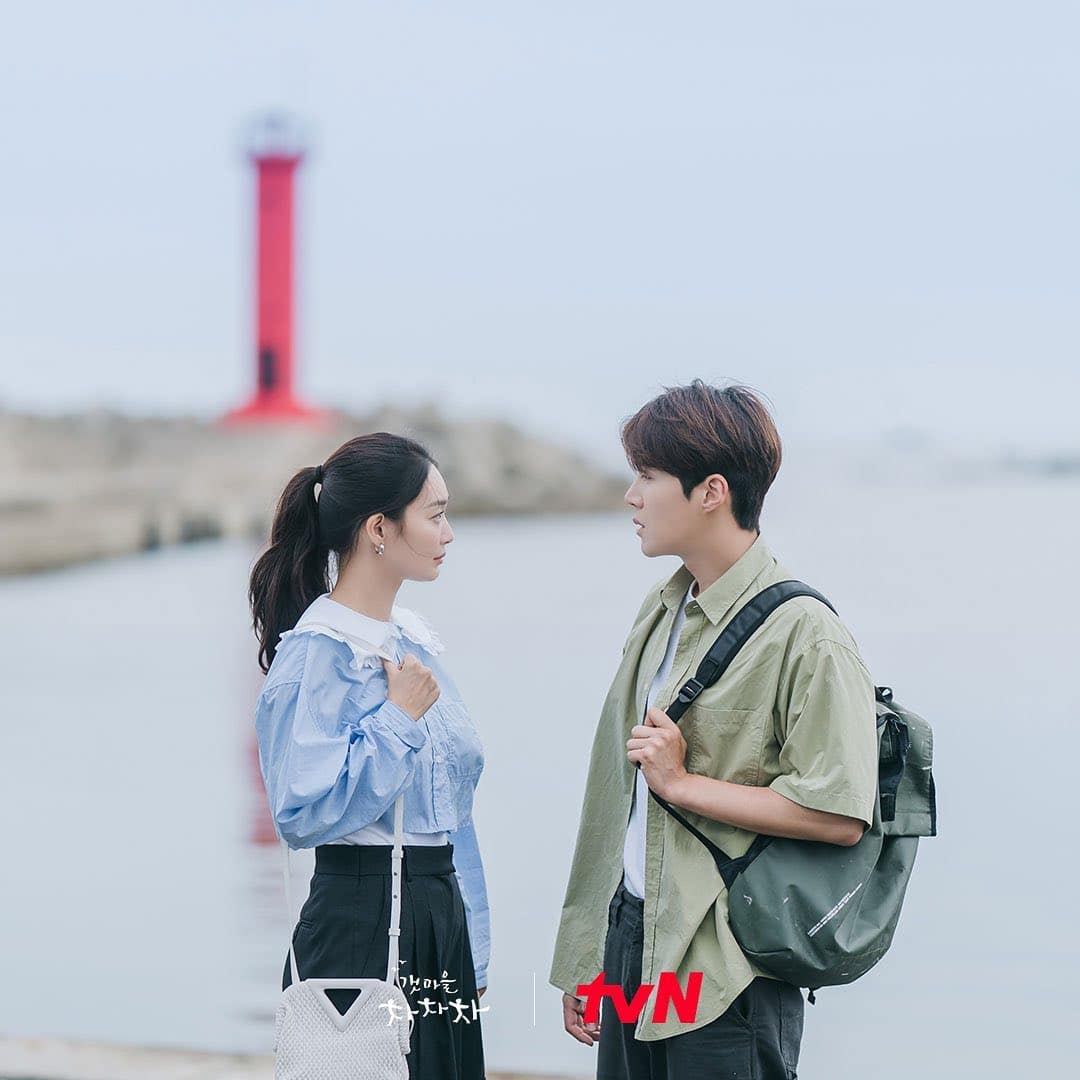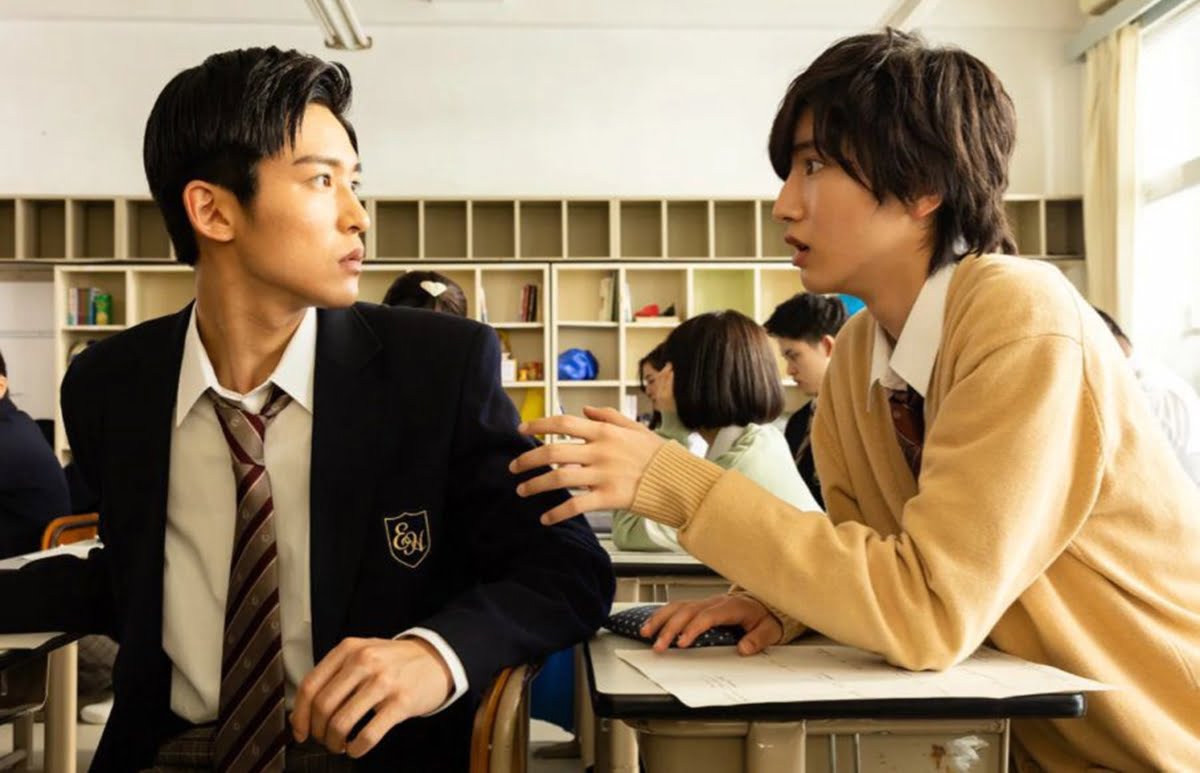The rising popularity of East and Southeast Asian drama series, especially romantic melodramas is no secret. We all love watching them! Western television and OTT series have long been dominant but the rise of these other thoroughly enjoyable melodramas in recent times have been astronomical. Here are some insights into why it might be so.
Gentle Aesthetics
K-dramas are well known for their excellent cinematography. Other East and Southeast Asian series, too, from Japan to Thailand, Taiwan and even Mainland China, have stunning sceneries that provide the backdrop to the dramas. The usually soft colours and gorgeous frames add to the story and are much more relaxing to watch than most Western series where there is a certain aggression of expression present in the cinematography itself.
East and Southeast Asian dramas, especially K-dramas, also often contain hidden pockets of meanings that are fun for the audience to decipher. Consider the lighthouse in the sleepy town of Gongjin from Hometown Cha Cha Cha (2021). It stays as a firm landmark in the background of the story that unfolds in the drama. Most prominently, when Chief Hong and Yoon Hye-jin finally acknowledge their feelings for each other, the lighthouse lights up in the back with a singular beam, a silent acknowledgement of two people who finally found each other at the right moment, as a symbolic navigator representing the minds of the two being enlightened to the truth of their feelings for each other.
Also read: Korean Dramas: Deconstructing Masculinities, Constructing Gender Stereotypes

Such symbolisms are not only interesting to find out, but in a certain way represents a respectful attitude towards the viewer’s intelligence. Romantic melodramas are often considered mindless and unintelligent, but these very open-to-interpretation symbols remain a subtle nod to the understanding of the audience that is often considered “silly” for watching these dramas.
Such symbolisms are not only interesting to find out, but in a certain way represents a respectful attitude towards the viewer’s intelligence. Romantic melodramas are often considered mindless and unintelligent, but these very open-to-interpretation symbols remain a subtle nod to the audience’s understanding, the audience who are often considered “silly” for watching these dramas.
Moreover, the delicate focusing of the camera on the expressions of the characters make the scenes much more emotive and promote more engagement with the characters. Take for example, the recent Thai series, Bad Buddy Series where we can see much of Pran’s (played by actor Nanon Korapat Kirdpan) thoughts in his subtle expressions. One can see Pran’s small smile when his crush, Pat, tells him he loves seeing his face but the same smile falls when he adds, “When you lose”. It is a subtle shift of emotion that we can all relate to and our hearts break a little, with and for Pran.

Visibility and Representation
Romantic melodramas, especially in Asia, have a simple storytelling compared to the aggressive machismo that comes with a Western portrayal. It is in this simplicity that lies a sincere ingenuity and relatability. They are often easier to consume as well. There is no need for any constant conflict to be considered worthy of watching. Sometimes, it is simple things that can be more relatable.
Watching deeply troubled characters with tremendously pressing issues can perhaps make the viewer feel: Are my troubles then not worth it? However, with these tenderhearted East and Southeast Asian romantic melodramas showing small and relatable feats and troubles, there is acknowledgement of all kinds of emotions and problems. You can be the main character and there does not have to be a hugely traumatic or some life-altering incident for that! Falling in love is pleasant and should be enjoyed and acknowledged as a valid part of life, just as much as struggles are.
The trivialization of romance has undoubtedly a misogynistic colour to it. Therefore, the dominance of romantic melodramas also acts as a subversion to the misogynistic propagation of certain genres as being “better” than the others. Romance being a largely female-dominated space also provides opportunities for women to acknowledge their feelings, their sexuality and their femininity without it being reduced to a weapon of the male gaze, which largely serves only the male audience as well as the male creator’s fantasy about the behaviour of women. The female gaze, which is often seen in these romance dramas portray the woman as intellectually as well as sexually equal to the man and as someone, who does not need to sacrifice anything to enjoy romance, which anyway is just as natural part of life.
The trivialization of romance has undoubtedly a misogynistic colour to it. Therefore, the dominance of romantic melodramas also acts as a subversion to the misogynistic propagation of certain genres as being “better” than the others. Romance being a largely female-dominated space also provides opportunities for women to acknowledge their feelings, their sexuality and their femininity without it being reduced to a weapon of the male gaze, which largely serves only the male audience as well as the male creator’s fantasy about the behaviour of women. The female gaze, which is often seen in these romance dramas portray the woman as intellectually as well as sexually equal to the man and as someone, who does not need to sacrifice anything to enjoy romance, which anyway is just as natural part of life.
The popularity of East and Southeast Asian media also, of course, brings social and cultural representation. Asians no longer have to turn to the West continuously to see what the dominant representation is. They have much more relatable content which is enjoyable as well. Moreover, it is also interesting to learn and watch these new cultures which are much closer to us than the dominant Western culture which we have been forced to consume since forever.
In terms of queer representation, there is a certain subtlety here that is refreshing to watch as compared to the tokenization that is often there in the West. There, it is almost as if the creator is saying, “Hey! Here is queer representation. Don’t I deserve a cookie for it?” Meanwhile, have a look at the Japanese series Kieta Hatsukoi or the Thai BL drama, Bad Buddy Series for context. There is no in-your-face aggressive representation where the sexuality of the characters become the highlight. Rather, the treatment of the relationship is like every other romantic melodrama. There might be clichés but there is subversion from the usual heteronormative representation of it. It is not unrealistically utopian either, there is the acknowledgement of hiccups on the way, from homophobic teachers to bickering parents and much more.

Contrary to popular belief, therefore, East and Southeast Asian romantic melodramas are not always aggressively or excessively dramatic. The charm often lies in their subtlety. Watching such acknowledgement and representation can be cathartic- not tragic but of comfort. A feeling of how there might be good in the world, after all.
Nonetheless, it is always important to be critical and active consumers of any form of media. Asian romantic melodramas undoubtedly have their own share of problems too – from problematic stereotypes to outdated tropes and more. However, in recent times, there has been a more conscious examination of such and wider representation is slowly but steadily being seen.
Also read: Boy Love Dramas: Unpacking Stereotypes In The Portrayal Of Homosexual Romance
Is Watching Romantic Melodramas an Act of Self-Love?
Catching up on your favourite melodramas after a tiring day of work can be relaxing and a small act of self-love that can go a long way. Romance has long been heralded as being inconsequential, unintelligent and trivial. To consciously choose to watch what you love, despite being continuously told that it is not worth it, might feel exhausting, but it is also comforting and liberating. Something as subjective as the choice of a drama series, does not always have to be fast-paced or tragic or tension-filled to be worthy of praise or enjoyment as is popularly propagated. Sometimes subtle and comforting shows can be a way to seek happiness in little things.
Sudarshana Ganguly is currently pursuing a Bachelors in English from Jadavpur University. When she’s not procrastinating or falling victim to impulse retail therapy, she can be found learning new languages, fangirling over her favourite kpop acts and daydreaming about herself as a future magazine editor. She is passionate about fashion, especially about how it can be made more sustainable and inclusive. You may find her on Instagram.
Featured Image Source: Social Telecast
About the author(s)
Sudarshana Ganguly is currently pursuing a Bachelors in English from Jadavpur University. When she’s not procrastinating or falling victim to impulse retail therapy, she can be found learning new languages, fangirling over her favourite kpop acts and daydreaming about herself as a future magazine editor. She is passionate about fashion, especially about how it can be made more sustainable and inclusive.





